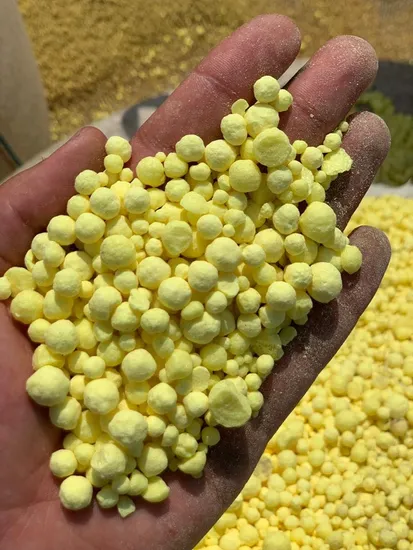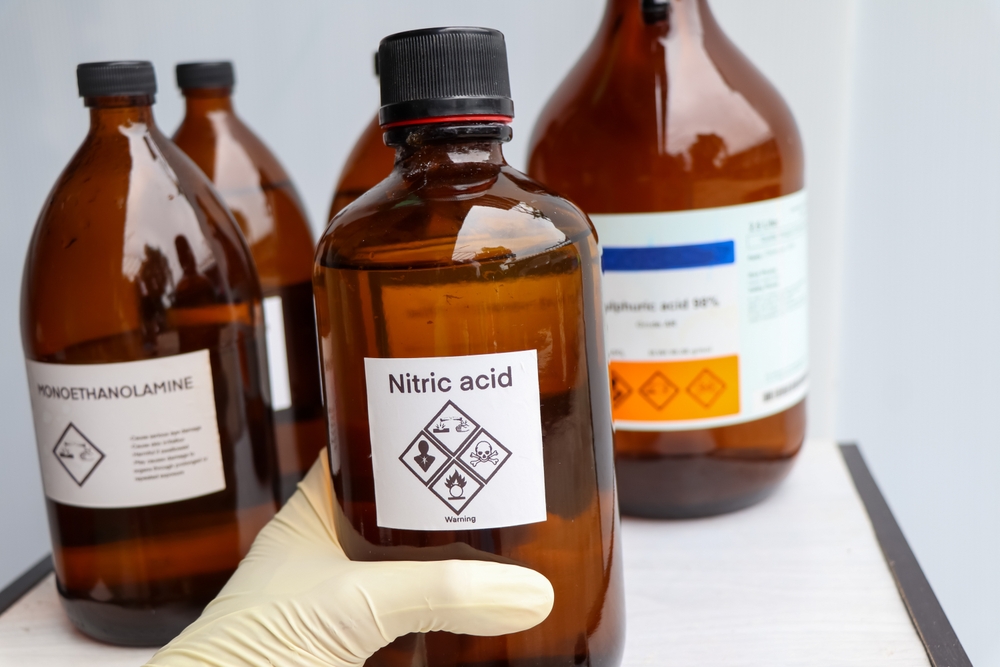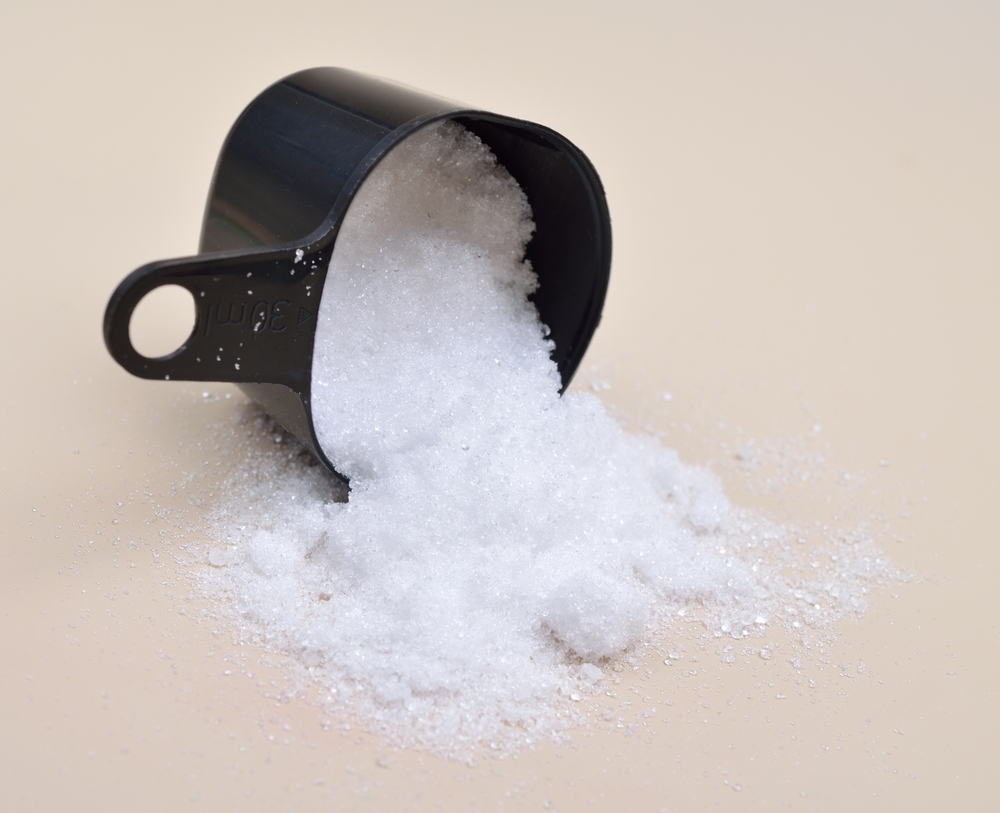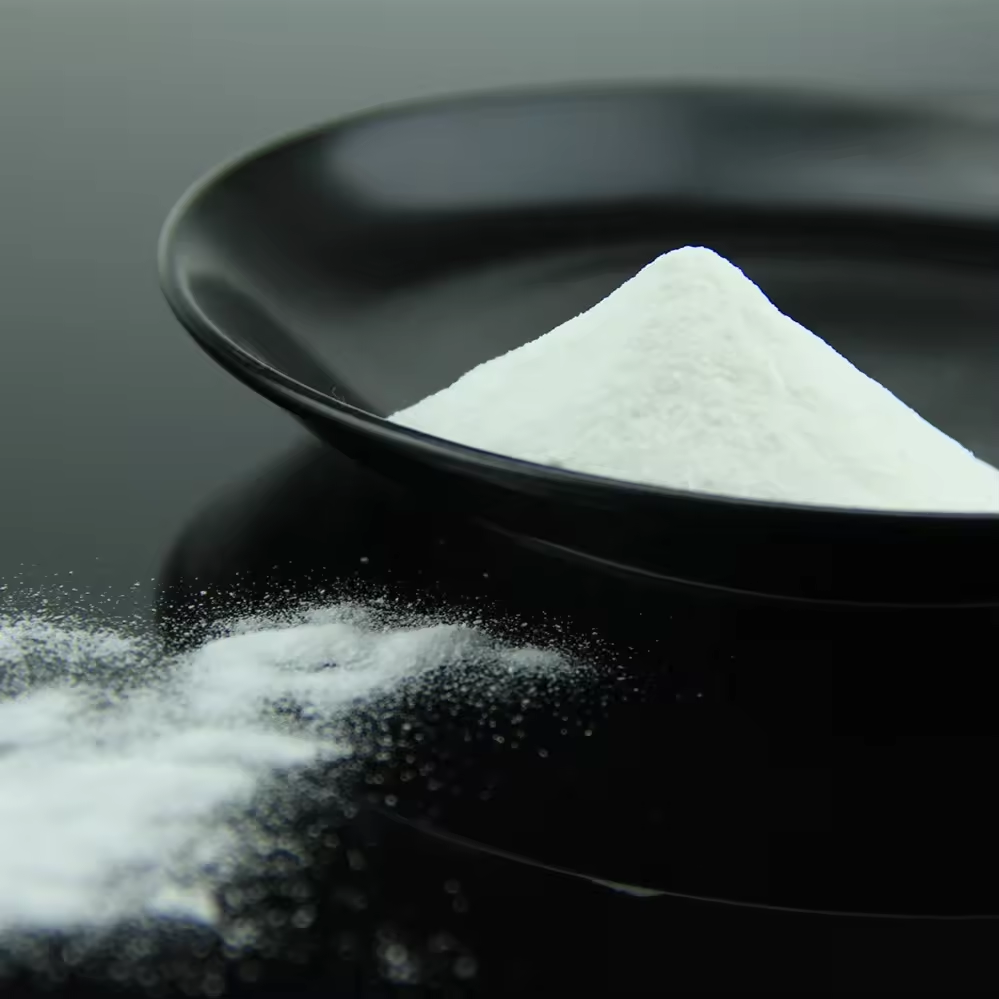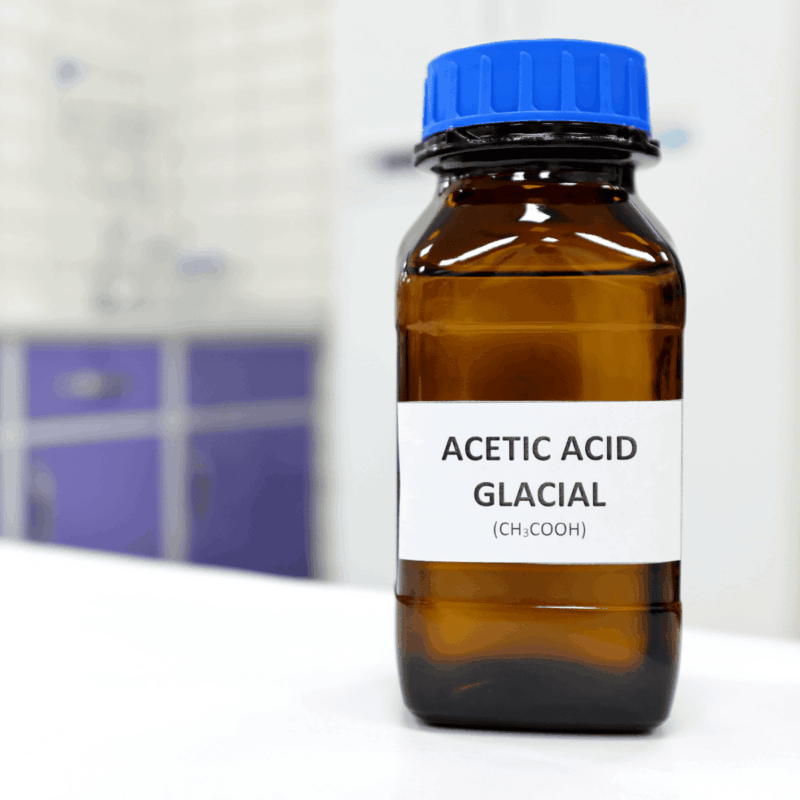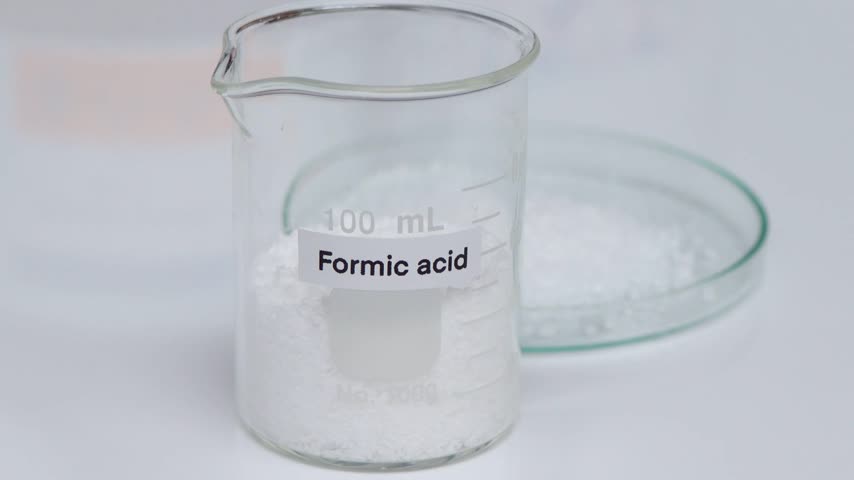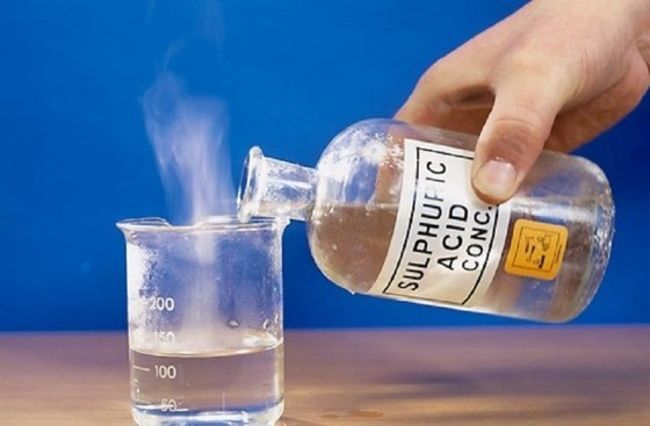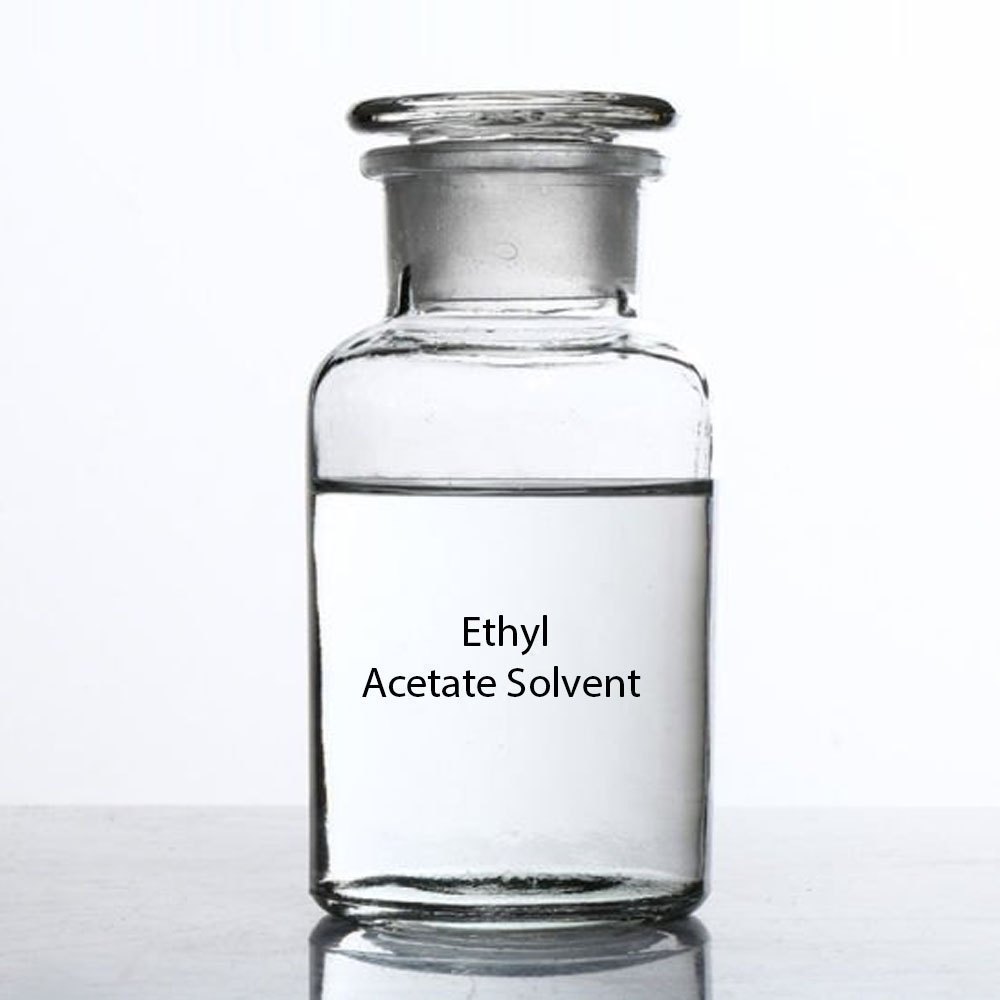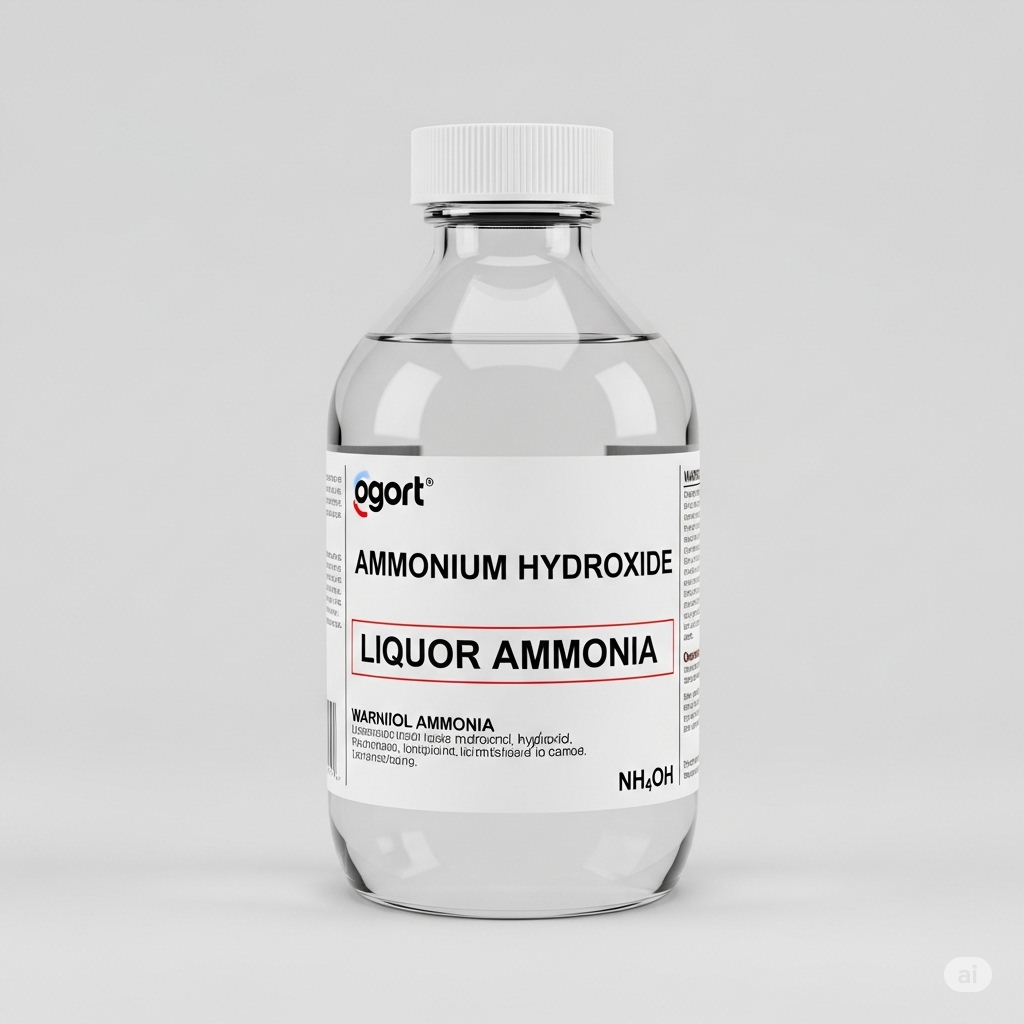Oxalic Acid 96.6% / 99% / 95% (C₂H₂O₄)
Oxalic Acid 96.6% / 99% / 95% Oxalic Acid is a white, crystalline organic compound with strong acidic properties. It is naturally found in certain plants (like spinach and rhubarb) but is industrially produced for its use in metal cleaning, dyeing, leather processing, and chemical synthesis. Available in various purities (96.6%, 99%, 95%), it is known for its excellent chelating and rust-removing capabilities. Though biodegradable, it is corrosive and toxic in high doses and must be handled with appropriate safety precautions. Synonyms Ethanedioic Acid ; Oxiric Acid ; Dicarboxylic Acid ; Acid of Sugar (archaic) ; OXA, Oxalin ; Ethanedioic Acid Formula C₂H₂O₄ CAS No 144‑62‑7 HS Code 29171110 Industries We Serve Textile & Dye Industry Leather Industry Metal Treatment Industry Pharmaceutical Industry Chemical Industry Rare Earth and Mineral Processing Woodworking & Restoration Applications Powerful chelating and descaling agent used to remove rust, stains, and oxides from metals. Used as a bleaching agent and in color stripping and dye discharge processes. Assists in deliming hides and removing lime after tanning. Removes water marks, stains, and graying from wood; often used by furniture restorers. Used as an intermediate in the manufacture of certain medicines and fine chemicals. Involved in precipitating rare earth metals and other metal separation processes. Key ingredient in toilet bowl cleaners, stain removers, and rust-dissolving formulations. Serves as a reducing agent and base chemical in manufacturing oxalates, cobalt oxalate, and other derivatives.


